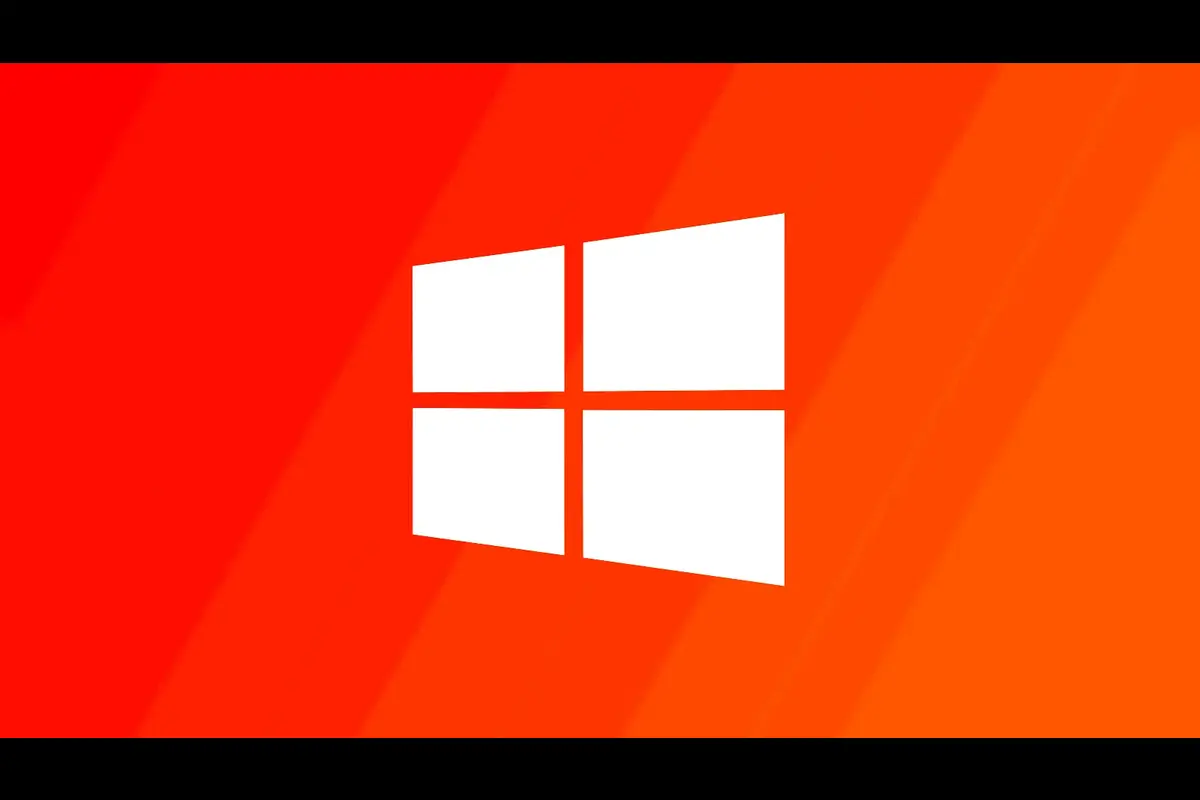In November of last year, Microsoft issued updates for their Windows operating system to address known problems. Unfortunately, it has now come to light that these updates have had an adverse effect on Intel graphics hardware when running applications that utilize DirectX or Direct3D. This means that users are experiencing errors and issues that were not present prior to the update. As a result, it is important to be aware of this issue and take steps to resolve it to prevent any further problems. Although Microsoft intended these updates to resolve existing problems, they created new ones. It is not the first instance of Microsoft’s updates causing unexpected issues for users.
The cause of the delay in finding a solution to the issues caused by Microsoft’s updates on DirectX or Direct3D applications has been attributed to intermittent bugs. These bugs have now been identified as a possible reason for the delay. Microsoft has acknowledged that devices running Windows with Intel graphics drivers ranging from versions 26.20.100.7463 to 30.0.101.1190 may experience errors after installing the KB5019980 update. It is important for users to be aware of this issue and take appropriate measures to address it. The problem is noticed in software that employs DirectX or Direct3D to produce their visuals, and it is believed that the apphelp.dll file could be the cause of the issue. This file is causing issues for applications that rely on DirectX or Direct3D for rendering.
While these updates may have addressed some known issues, they have also created an unresolved problem that persists to this day. Even after a significant time has passed, Microsoft has yet to solve this problem.
The prolonged problem that could have a substantial impact on numerous personal computers is perplexing. It is unclear how such a significant issue managed to evade discovery for such a long period of time, which raises doubts about the effectiveness of the testing and quality assurance processes that were in place. The issue was not immediately apparent due to its intermittent nature, which could have contributed to it being overlooked for several months.
To resolve the DirectX or Direct3D application issue that Microsoft introduced in the KB5019980, KB5019961, and KB5019959 updates, the company is developing a solution that will be integrated into a future update. To address the problem, one potential solution is to update the Intel graphics drivers. If the device’s Intel graphics driver version falls within the range of 26.20.100.7463 to 30.0.101.1190, upgrading to a newer version of the driver may be able to resolve the issue. However, it should be noted that the affected driver version (30.0.101.1190) was only released in December 2021, which makes it difficult to hold Microsoft responsible for not detecting the problem earlier. For devices with Intel-integrated graphics processing units that require frequent driver updates, users should download the most recent drivers. Otherwise, users may have to wait for Microsoft to release an official fix.
It has been announced by Microsoft that the bug will be fixed in the next update, but in the meantime, users can resolve the issue by installing a newer version of the Intel graphics driver, which should be higher than 30.0.101.1190 which was released in December 2021. To find the newest version of the Intel graphics driver that’s compatible with their device, users should check their device manufacturer’s support page. If that’s not possible, they can access the List of Drivers for Intel Graphics to install the most recent graphics driver from Intel. A year ago, Microsoft had also addressed a DirectX kernel component problem that led to blue screens of death on Windows 11 systems.
It is important to mention that Intel has made significant strides in the PC dGPU market in recent weeks and months, particularly with respect to their graphics drivers. Intel has recently released an updated graphics driver that has resolved significant issues in DX9 performance compared to the previous version. The new driver is expected to provide a substantial improvement in this area.
Statista reports that gaming is a vital and rapidly expanding revenue stream for Microsoft, with the company’s earnings from this sector increasing significantly over the last five years. Specifically, in 2022, Microsoft’s gaming revenue exceeded $16.2 billion, compared to $10.3 billion in the same sector five years ago. Given that gaming is a crucial source of income, Microsoft’s priority is to keep its gamers satisfied. It is partly why Microsoft’s $69 billion acquisition of Activision Blizzard, despite its controversy, is driven by the potential of the gaming industry.


